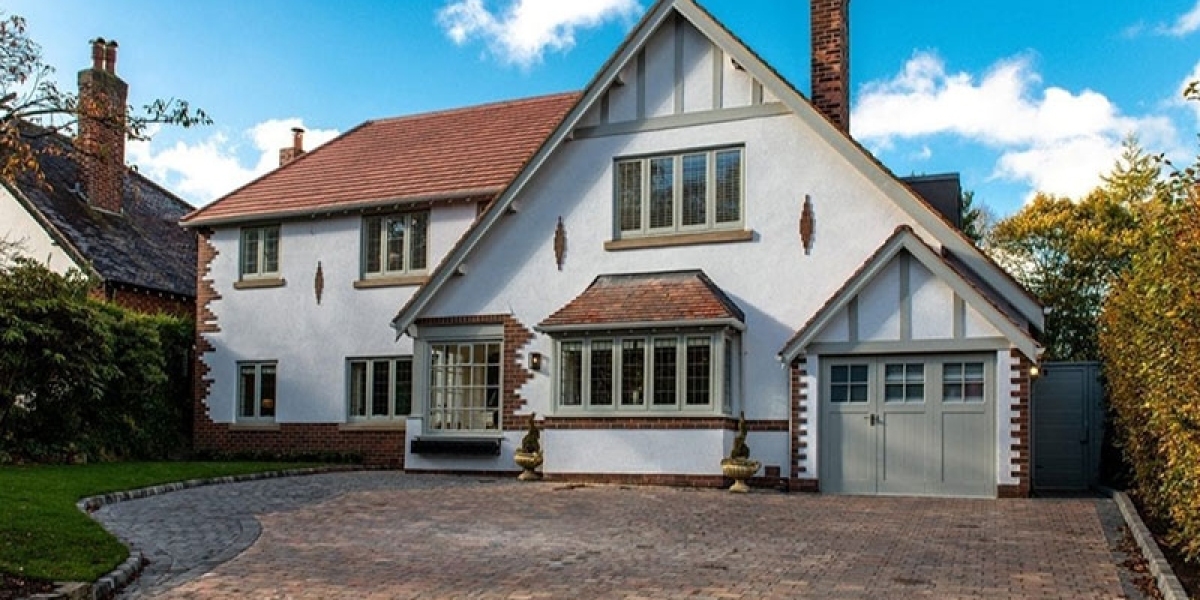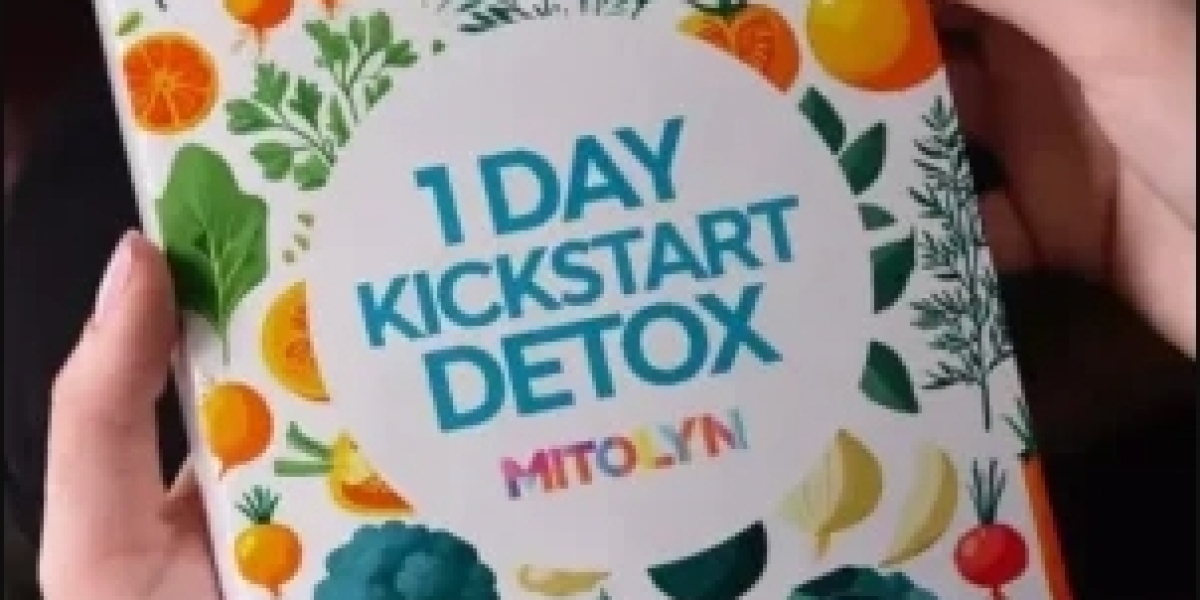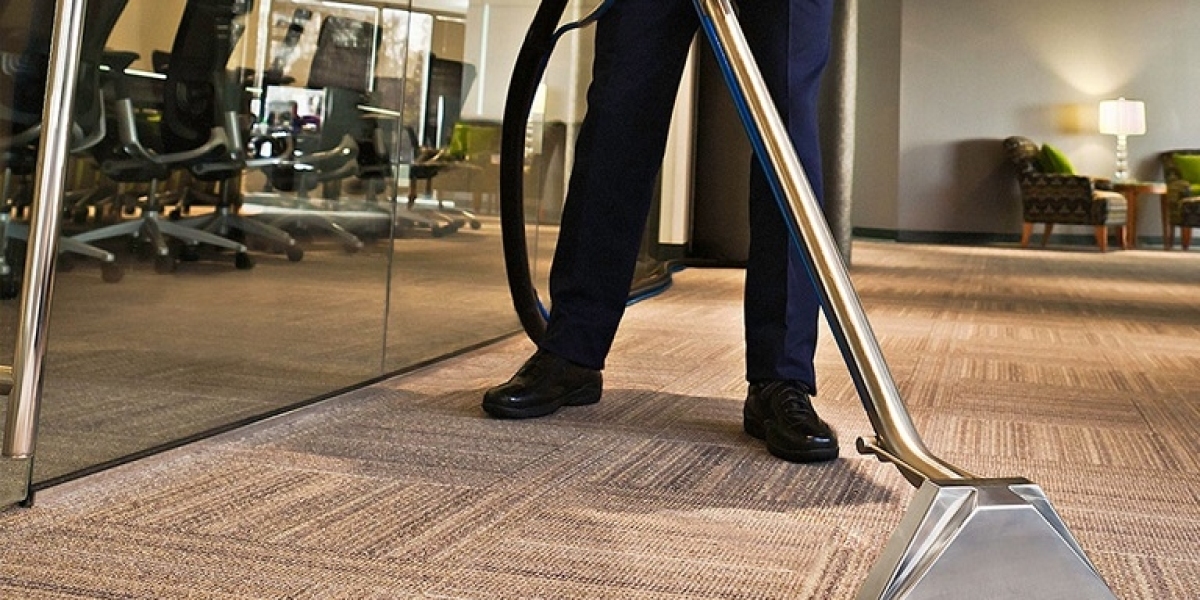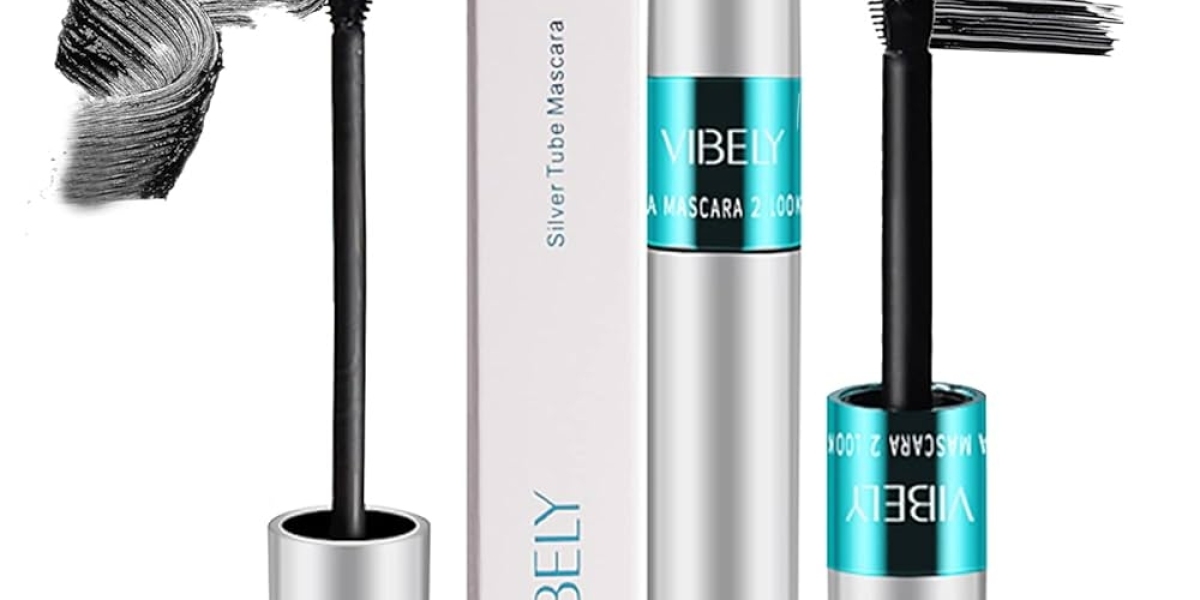In recent years, the window industry has seen significant advancements in the design, functionality, and sustainability of UPVC (unplasticized polyvinyl chloride) windows. As homeowners and builders alike become increasingly aware of the importance of energy efficiency, durability, and aesthetic appeal, UPVC windows have emerged as a leading choice for residential and commercial properties. This article explores the latest developments in UPVC window technology, highlighting their benefits and how they compare to traditional window materials.
One of the most notable advancements in UPVC windows is the enhancement of energy efficiency. Modern UPVC windows are designed with multi-chambered profiles that create air pockets, providing excellent thermal insulation. This innovation significantly reduces heat transfer, keeping homes warmer in the winter and cooler in the summer. Additionally, many manufacturers now incorporate advanced glazing options, such as low-emissivity (Low-E) glass and argon gas filling, which further improve thermal performance. These features not only contribute to a more comfortable living environment but also lower energy bills and reduce the carbon footprint of homeowners.
Another exciting development is the introduction of smart technology into UPVC windows. Home automation systems are becoming increasingly popular, and UPVC windows are now being designed to integrate seamlessly with these technologies. Smart UPVC windows can be equipped with sensors that monitor temperature, humidity, and even air quality. This data can be used to automatically adjust window openings or to activate ventilation systems, ensuring optimal indoor conditions while minimizing energy consumption. Furthermore, some UPVC windows now come with smart locks and security features that can be controlled remotely, providing homeowners with peace of mind.
Aesthetically, UPVC windows have come a long way from the plain white frames that were once the standard. Advances in manufacturing techniques have allowed for a wider range of colors, finishes, and styles. Homeowners can now choose from wood-grain finishes that mimic the appearance of traditional timber windows, as well as a variety of colors that can complement any architectural style. This flexibility in design means that UPVC windows can enhance the curb appeal of a home while providing all the functional benefits that come with modern materials.
In addition to aesthetics, the durability of UPVC windows has also seen significant improvements. Modern UPVC formulations are more resistant to fading, warping, and cracking, ensuring that windows maintain their appearance and functionality over time. Many manufacturers now offer long warranties, reflecting the confidence in the longevity of their products. This durability not only reduces the need for frequent replacements but also contributes to lower maintenance costs for homeowners.
Sustainability is another critical area where UPVC windows have made strides. The industry is increasingly focused on reducing the environmental impact of window manufacturing and disposal. Many UPVC windows are now produced using recycled materials, and the manufacturing processes have been optimized to minimize waste and energy consumption. Additionally, UPVC is fully recyclable, meaning that old windows can be repurposed at the end of their life cycle. This commitment to sustainability aligns with the growing consumer demand for eco-friendly building materials.
Sound insulation is another area where advancements in UPVC windows have made a significant impact. With urbanization and increased noise pollution, homeowners are looking for solutions to create quieter living spaces. Modern UPVC windows are designed with thicker frames and improved sealing systems that provide superior https://www.influencersgonewild.co.uk/blog/home-improvement-4/cost-vs-benefit-the-economics-of-window-replacement-in-harpenden-773 soundproofing. This feature is particularly beneficial for homes located in busy urban areas or near airports, where noise can be a significant issue.
Furthermore, the installation process for UPVC windows has also seen improvements. Innovations in window design have led to more straightforward installation methods, which can save time and labor costs. Many UPVC windows come with pre-fitted hardware and adjustable frames, making them easier to install without compromising on quality. This efficiency benefits both builders and homeowners, as it allows for quicker project completion and less disruption.

The market for UPVC windows is also becoming more competitive, leading to better pricing for consumers. As more manufacturers enter the market and technology continues to advance, prices for high-quality UPVC windows have become more accessible to a broader range of homeowners. This increased competition encourages innovation, resulting in better products that offer superior performance at competitive prices.
In conclusion, the advancements in UPVC window technology represent a significant leap forward in the window industry. With enhanced energy efficiency, smart technology integration, improved aesthetics, increased durability, and a focus on sustainability, modern UPVC windows are setting a new standard for performance and design. As consumers become more discerning about their choices, the evolution of UPVC windows is likely to continue, offering even more innovative solutions for homeowners and builders alike. Investing in these advanced UPVC windows not only contributes to a more comfortable and stylish home but also aligns with the growing emphasis on energy efficiency and environmental responsibility. The future of UPVC windows is bright, and it is clear that they will remain a popular choice for years to come.







